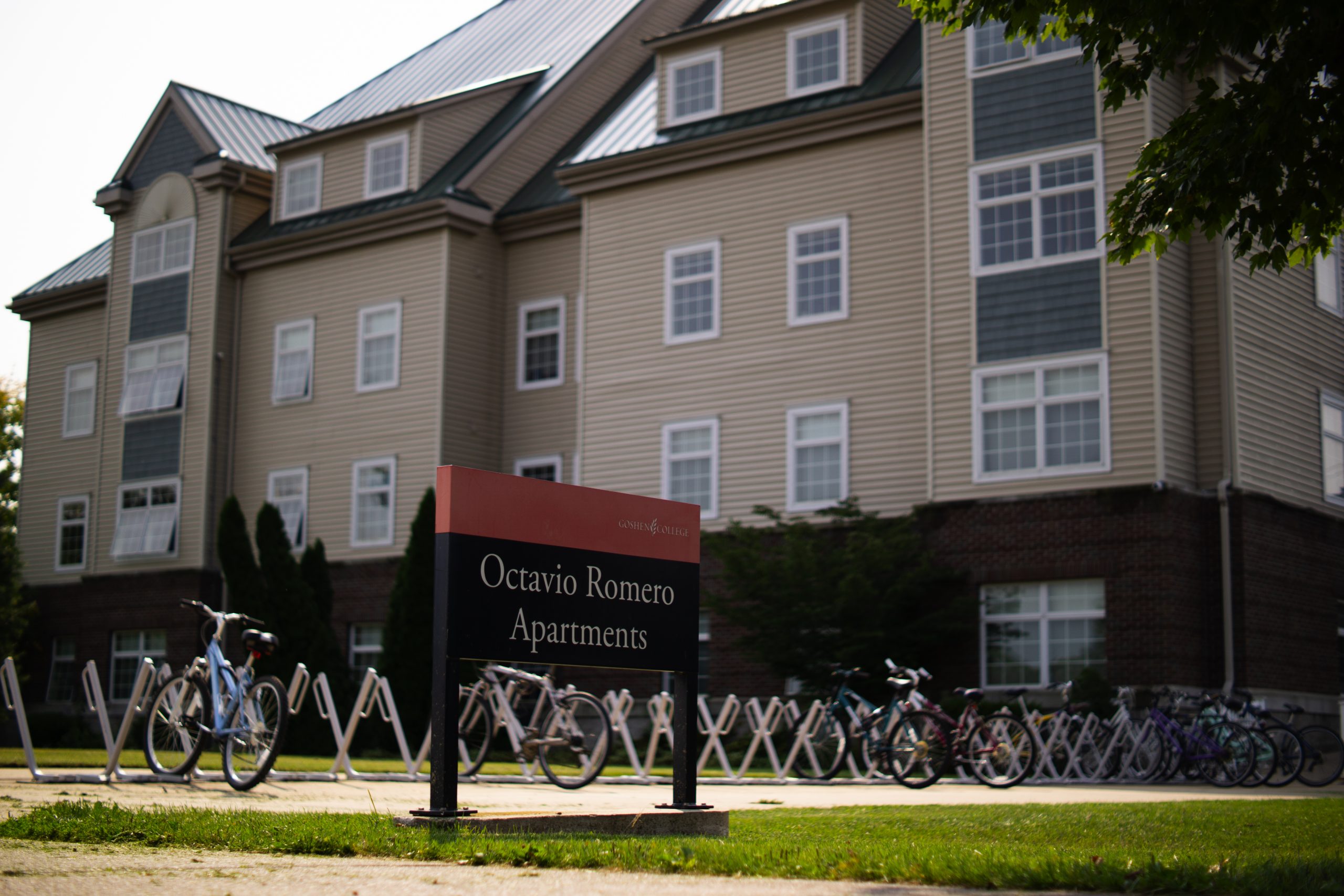Every apartment unit in the Octavio Romero Student Apartment building is occupied this semester. In years past, many have remained empty.
However, that is not to say the building is at capacity. As interim facilities director Cynthia Good Kaufmann explained: “Apartments are full, bedrooms are not…we have capacity there.”She went on to say that while there are several under-capacity apartments this semester, in the future, they may need to be more full.
Good Kaufmann also brought up the potential for Coffman Hall to be brought back if needed, which would provide additional space for upperclassmen. For the past two years, Coffman has been closed except for summer housing and transitional housing for international students.
The heightened need for on-campus housing comes after a change in policy that prevents upperclassmen from living off campus. Next year’s senior class is the first to be affected. Accordingly, the new policy will mean more students vying for the 40 apartments.
Kaufmann said students’ needs are an important consideration when planning campus housing adjustments.
To make sure they understand the current and future needs of residential students, the facilities team is working closely with residence life director Chandler Buchfeller.
Buchfeller echoed Good Kaufmann’s reassurance that there is plenty of space for residential students, and he said housing options for upperclassmen would look largely the same next year.
The 2023-24 plan is not set in stone, but Buchefeller’s goal is to have it finalized by fall break so students can start to make plans.
“We are keeping a close eye on the numbers, so if things change, we will adjust,” he said.
In terms of what Buchefeller has heard from students, he summarized their opinion of on-campus housing as “sufficient but dated.”
“Kulp is over a hundred years old,” he said. “That creates some interesting realities.”
As the residence life team plans for the future, they will consider what updates various buildings need.
Greta Lapp Klassen, a senior art and English major, has some additional issues with the current options. She and her roommates applied for a six-person apartment last year and were initially approved but were later told the apartments are not conducive to housing six people.
“The reality is there’s a lot of people who need six-person apartments,” she said. “If you want to do a group bigger than four, you have to do a group of ten and apply for a house.”
Lapp Klassen believes mid-sized housing needs to be a priority if students are expected to live on campus all four years.
When asked about the benefits of the new residency requirement, Buchfeller said one goal of on-campus housing is to get students “to connect with people [they] wouldn’t normally connect with.”
He also referenced statistics that show residential students have higher retention rates, do better academically, and are more socio-emotionally healthy.
Good Kaufmann cited several options the team has considered for the future, mentioning the trailer lot that used to live behind Yoder, tiny houses and rental homes owned by GC. For the time being, however, residential students should expect their housing options to remain the same.



